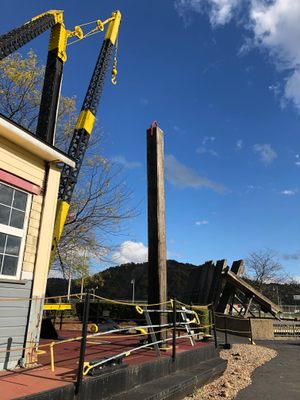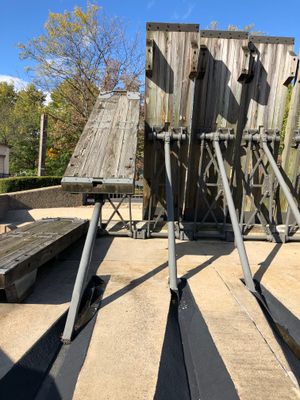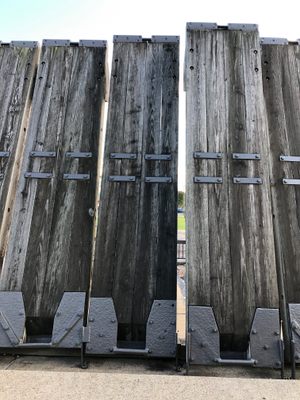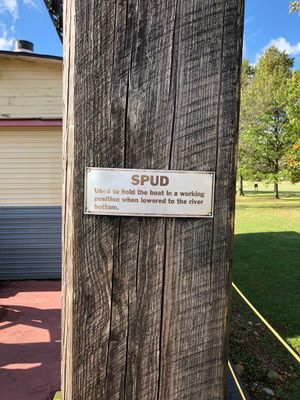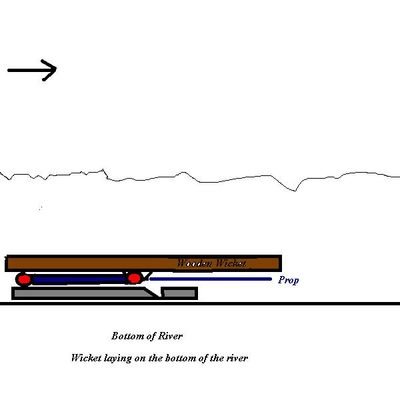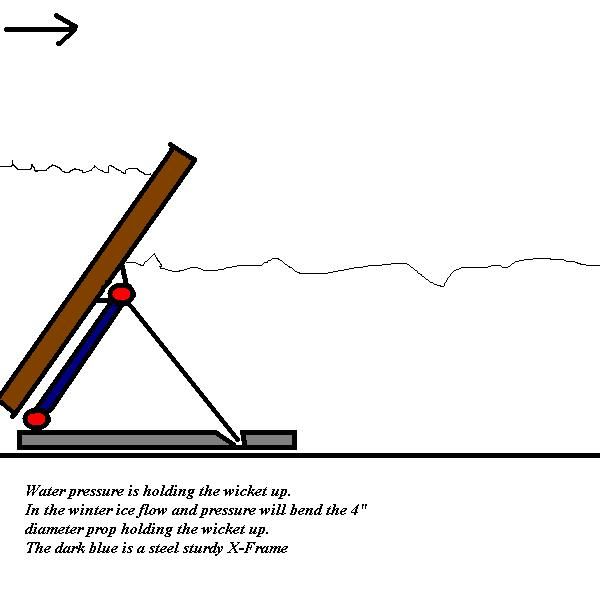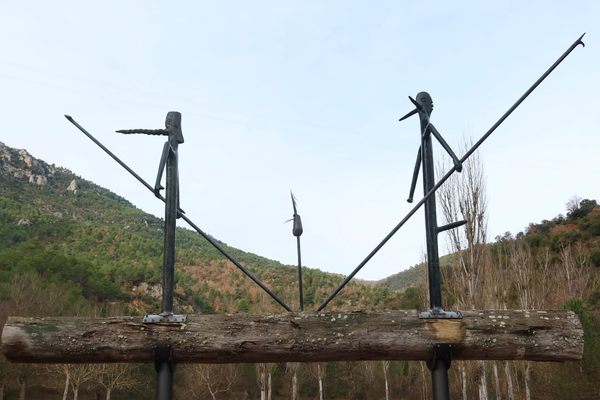About
From 1910 to 1929 a series of movable wicket dams were constructed along the Ohio River from Pittsburgh, Pennsylvania to Paducah, Kentucky. This early effort at canal building resulted in a stable depth along the river’s length.
The wicket dams were made of movable planks that could be raised as needed. When water levels were high enough, boats could pass right over them. When the water was low, steam-powered work boats would raise the dams to allow passage. The dams enabled year-round use of the entire river. Before they were built, boats couldn’t operate during parts of the summer due to low water.
Starting in the 1950s, larger concrete fixed dams were built to replace the wicket dams. And as the old dams were retired, so were the maneuver boats. The last two remaining wicket dams near Paducah, Kentucky were replaced by the new Olmsted Lock and Dam in 2018.
In 2016, the Ohio Valley River Museum and the Pittsburgh District Army Corps of Engineers to renovate and reopen the Hannibal Locks and Dam Visitor’s Center, which had been closed since 2001. A maneuver boat and wicket dam are on display, along with other information about the history of the Ohio River.
Related Tags
Know Before You Go
You can reach Hannibal Locks and Dam via Ohio State Route 7 or by crossing over the Ohio River via the New Martinsville, West Virginia bridge, which is a few hundred feet downstream of the dam.
The exhibit is outside the Hannibal Locks and Dam Visitor’s Center. Turn off State Route 7 at the Army Corps of Engineers sign and drive toward the dam. The exhibit sits in a grassy field. Admission is free, but visitors may not enter the boats. Maneuver boat 35 is currently undergoing restoration.
Published
November 12, 2019




